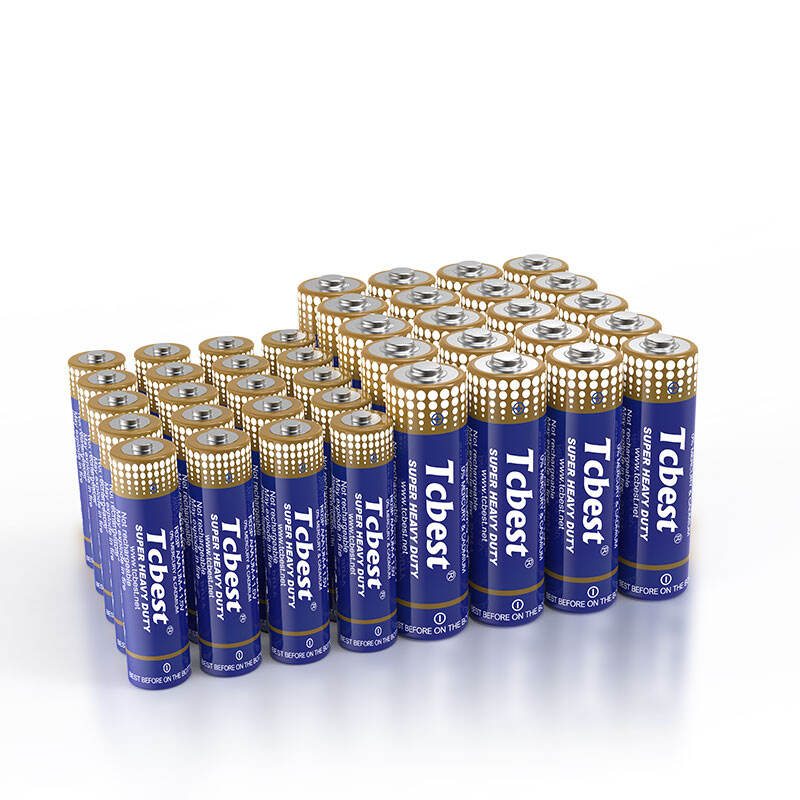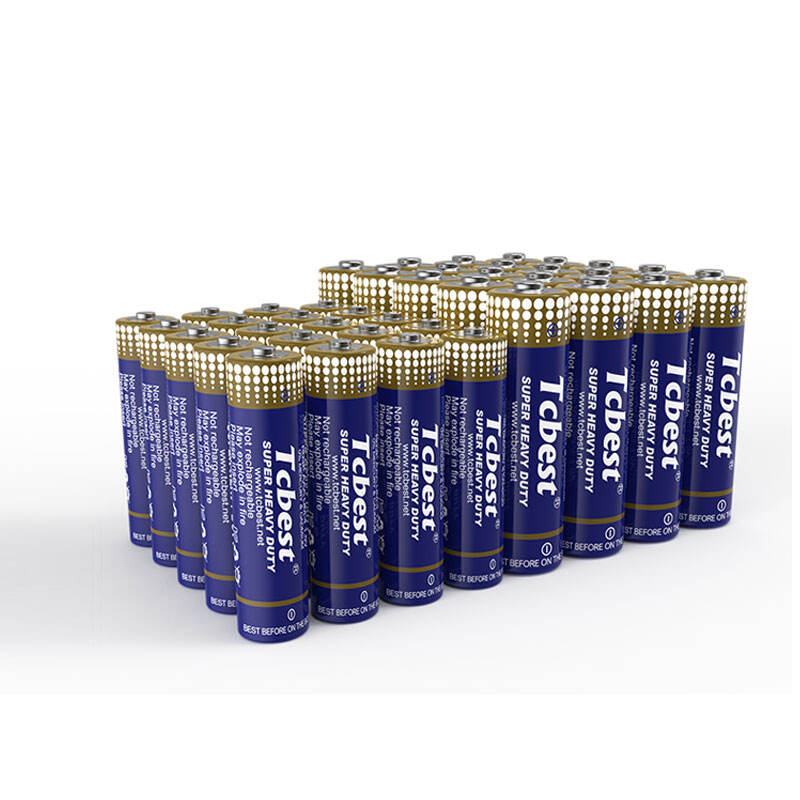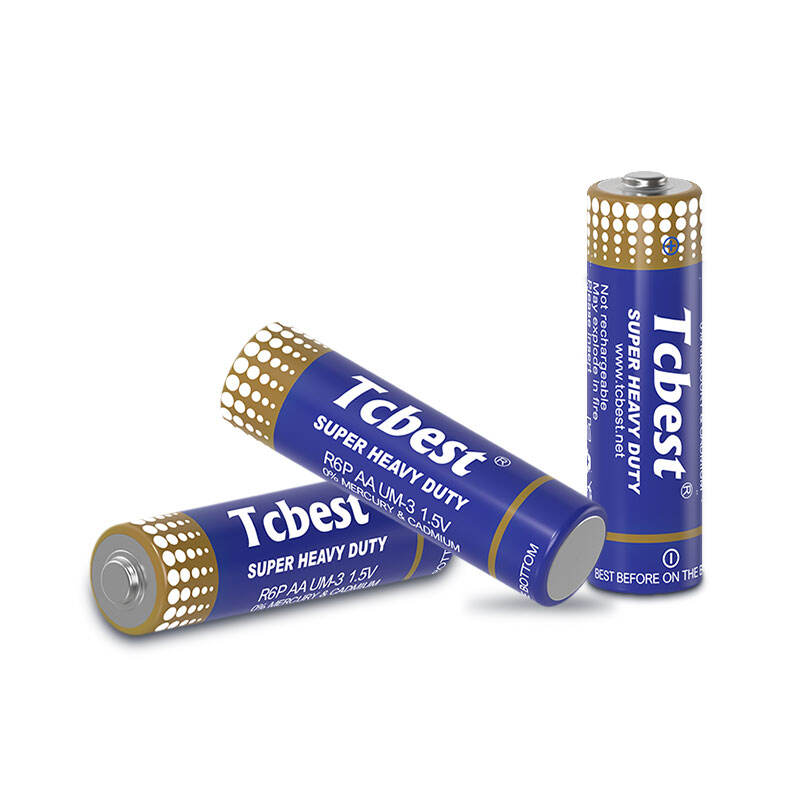carbon aa battery
Carbon AA batteries, also known as zinc-carbon batteries, represent a fundamental and widely used power source in everyday electronics. These batteries operate through a chemical reaction between zinc and manganese dioxide, with carbon serving as both a conductor and current collector. The standard size and 1.5-volt output make them compatible with numerous devices, from remote controls to wall clocks. The internal structure consists of a zinc casing that serves as the negative electrode, a carbon rod acting as the positive electrode, and a paste mixture containing manganese dioxide, carbon powder, and ammonium chloride as the electrolyte. These components work together to create a reliable and cost-effective power solution. Carbon AA batteries excel in devices with low to moderate power requirements, offering a practical balance between performance and affordability. Their shelf life typically extends to 2-3 years when properly stored, making them a dependable choice for emergency supplies and occasional use devices. The manufacturing process of these batteries has been refined over decades, resulting in improved reliability and reduced environmental impact through better materials and production methods.


